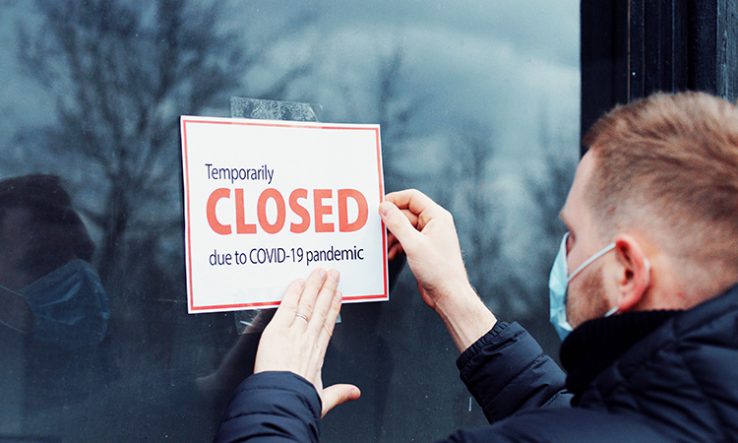
European research infrastructures should prepare for ‘years’ of Covid-19 adaptations, says report on October survey
There is a “big need” for research infrastructures to improve remote access to their services, as the Covid-19 pandemic is likely to disrupt in-person access for a substantial time to come, a study has concluded.
The Association of European-level Research Infrastructure Facilities and the Ceric-Eric infrastructure surveyed 27 research infrastructures in October 2020, before the winter wave of Covid-19 forced additional restrictions on mobility.
At that time, “most” of the infrastructures had resumed full operations, but “a large majority” were serving fewer users than normal, Jana Kolar, head of the Ceric-Eric infrastructure consortium, Andrew Harrison, chief executive of the Diamond Light Source infrastructure, and Florian Gliksohn, a manager for the Extreme Light Infrastructure consortium, reported on 7 January.
Since the survey, the winter wave of Covid-19 has “again severely interrupted” infrastructures’ activities, Kolar and colleagues reported.
They said there was therefore a “big need to improve the effectiveness and efficiency” of remote access to infrastructures, particularly given that 70 per cent of responding facilities said this mode of use was likely to continue after Covid-19 subsides.
Almost all infrastructures have had to cover the cost of remote access from normal operational funds, the survey found. Kolar and colleagues said national and EU funders should support “joint solutions” to improve remote access, staff safety and service quality.
They warned that infrastructures “will have to learn how to live with [Covid-19] to some degree, possibly for years to come”.
Correction 8/1 – This article originally said that 28 infrastructures had been surveyed.